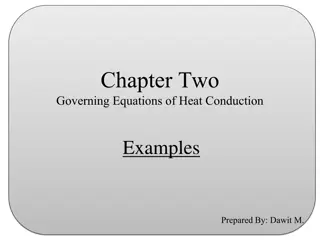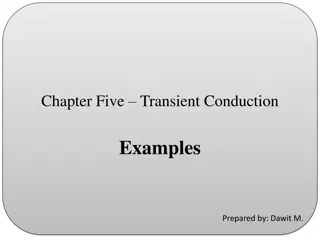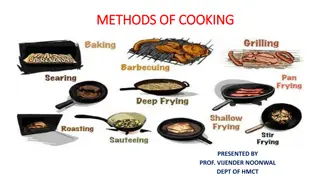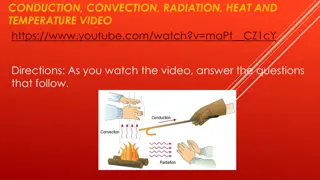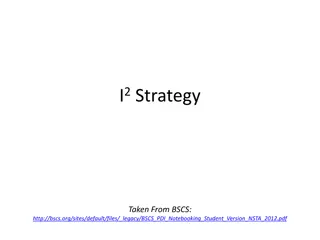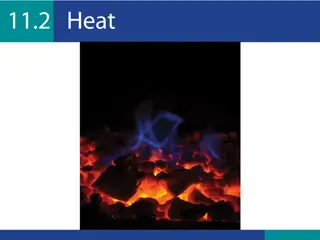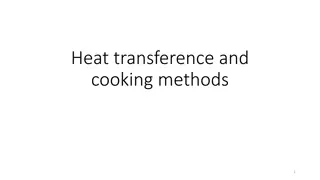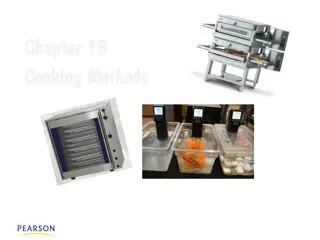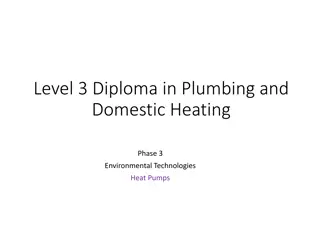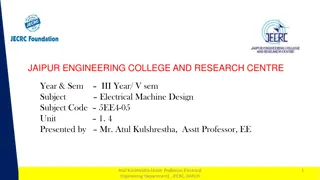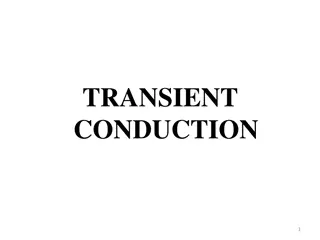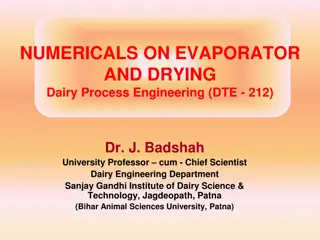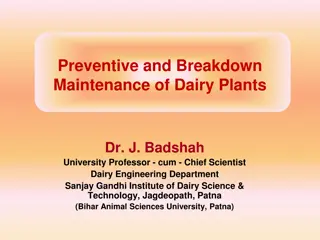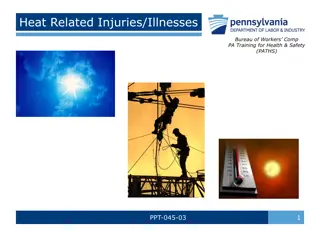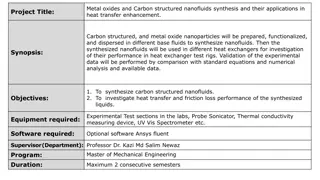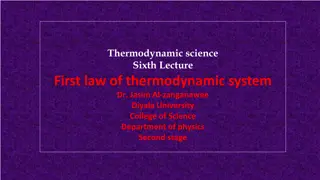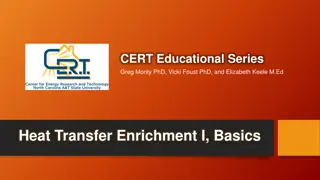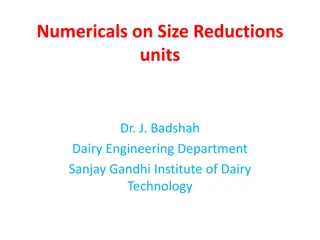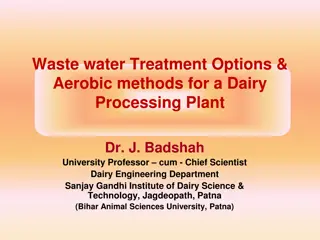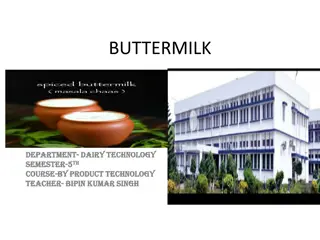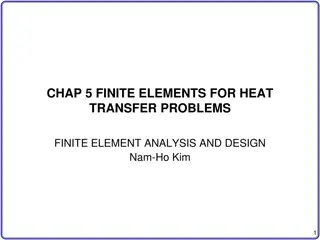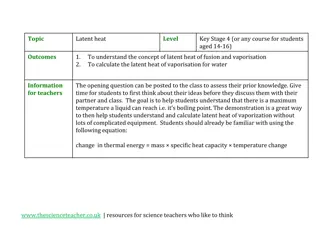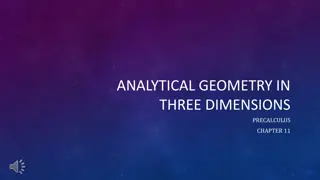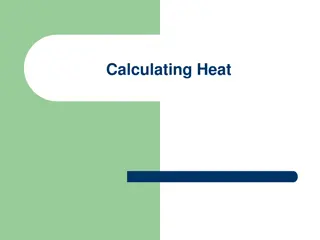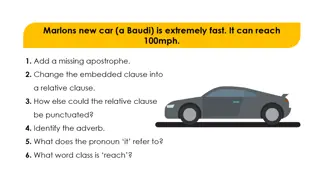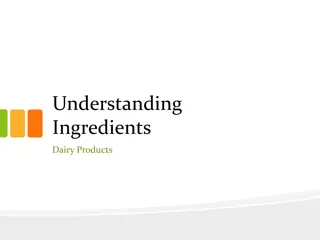Understanding Heat Conduction Through Hollow Spheres in Dairy Engineering
Dr. J. Badshah, a University Professor cum Chief Scientist at Sanjay Gandhi Institute of Dairy Technology, explains the conduction through hollow spheres with varying thermal conductivity. The concept of logarithmic mean area for hollow spheres and solving numericals related to conduction through a spherical vessel are discussed in detail.
Download Presentation

Please find below an Image/Link to download the presentation.
The content on the website is provided AS IS for your information and personal use only. It may not be sold, licensed, or shared on other websites without obtaining consent from the author. Download presentation by click this link. If you encounter any issues during the download, it is possible that the publisher has removed the file from their server.
E N D
Presentation Transcript
Dr. J. Badshah University Professor cum - Chief Scientist Dairy Engineering Department Sanjay Gandhi Institute of Dairy Technology, Jagdeopath, Patna (Bihar Animal Sciences University, Patna)
Conduction Through Hollow Spheres Let us consider a Hollow sphere of inner radius r1and outer radius r2and made up of materials having constant thermal conductivity. The inner hot fluid temperature as t1and outer surface temperatureas t2with thecondition that t1>t2. Therefore temperature varies only radially and we can assume that this radial direction is x-direction. Thus temperature field is one dimensional and the isothermal surfaces are spherical surfaces possessing a common axis with the sphere. Consider a small element of thickness dr at any radius r. Area of element through which heat is transmitted, A = 4 r2
Conduction Through Hollow Shere During steady state, the rate of heat transfer is given by Q = -K. 4 r2 . dt/dr Rearranging and integrating the above equation, we obtain for limit from r1to r2with respect to time from t1 to t2: Q dr/r2 = - 4 K dt - Q [1/r2 1/ r1] = -4 k (t2 - t1) Q = (t1 t2) /[(r2 r1)/4 Kr1r2] Case II: Variable thermal conductivity, we have: Q = [4 K0r1r2/ (r2 r1)][1 /2 (t1 + t2 )](t1 t2) Observe Figure of steady state conduction through Hollow sphere on group whatsapp.
Logarithmic Mean Area For Hollow Sphere It is considered that the heat flow from the hollow sphere is of the sme form as that of the plane wall. Expression for heat flow through the hollow sphereand plane wall are : Q sphere = (t1 t2) /[(r2 r1)/4 Kr1r2] Q plane wall = (t1 t2) /[(r2 r1)/K Am] Log mean Area , Amis so chosen that the heat flow through the sphere and plane wall will be equal forthe same thermal potential. Q sphere = Q plane wall (t1 t2) /[(r2 r1)/4 Kr1r2] = (t1 t2) /[(r2 r1)/K Am] Therefore, Am= 4 r1r2 (Am)2= (4 r1r2)2= (4 r1)2x (4 r2)2 (Am)2= Aix Ao Am= Aix Ao= 4 (rm)2= 4 r1r2 Therefore Logmean radius rm= (r1r2)
Numericals on conduction through sphere A spherical shaped vessel of 1.4 m diameter is 90 mm thick. Find the rate of heat leakage, if the temperature difference between the inner and outer surfaces is 220 C. Thermal conductivity of the material of the sphere is 0.083 W/m C. Solution : Use The formula: Q sphere = (t1 t2) /[(r2 r1)/4 Kr1r2] R2 = 0.7 m R1 = 0.7 0.09 = 0.61 m Q = 1088.67 W


